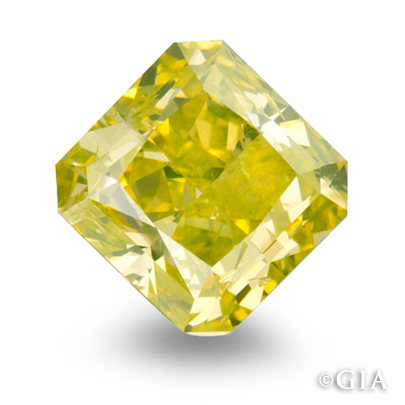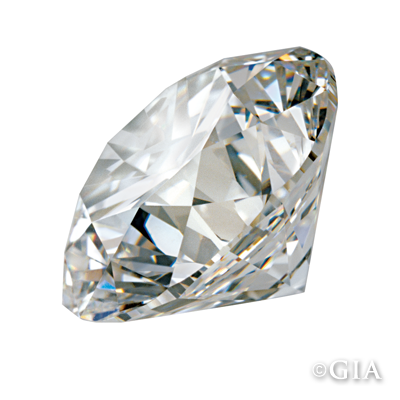April babies are lucky enough to have the most celebrated gemstone on Earth for a birthstone. So brilliant they were once thought to be fallen stars, diamonds are considered the hardest natural substance.
The only gem made of a single element (carbon diamonds were formed billions of years ago through a combination of tremendous pressure and temperatures of 2000-3000 degrees Fahrenheit). Formed deep in the earth’s mantle, they were brought closer to the Earth’s surface through volcanic activity. They range from colorless to yellow, brown, gray, orange, green, blue, black, purple, pink and in rare instances, red.
Even though diamonds have a hardness of 10 on the Mohs scale, they require special care to maintain their radiant sparkle. Diamonds look their best when cleaned regularly with an ammonia-based household cleaner such as Windex. A soft, clean toothbrush will gently remove any excess dirt. It is always advisable to have your diamond cleaned periodically by a professionally trained jeweler. For more tips on caring for a diamond check out this blog post.
Here are some fun diamond facts that might give you an edge in your next game of Trivial Pursuit:
- The name diamond is derived from the Greek word adamas, meaning unconquerable.
- Only a diamond can cut a diamond: diamonds are polished on wheels coated with diamond dust.
- A diamond’s crystal structure is isometric, which means the carbon atoms are bonded in essentially the same way in all directions.
- Less than 20 percent of the diamonds mined worldwide are true gem-quality.
- The earliest written account of diamonds dates back to around 500 B.C.
- Only one polished diamond out of a thousand weighs more than a carat.
- The word carat comes from the Mediterranean tree whose seed was used for centuries as the standard for weighing precious stones. 1 carat = .2 grams, or .007 ounces.
- The largest rough diamond, discovered in 1905, is the Cullinan diamond, weighing in at 3,106 carats (2.8 lbs).
- Mary of Burgundy received the first recorded diamond engagement ring from Archduke Maximilian in 1477.
Custom Field: Array

